|
Sam Burnham, Curator @C_SamBurnham 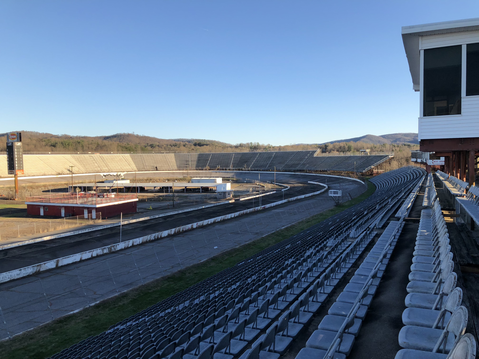 North Wilkesboro Speedway Sits Vacant North Wilkesboro Speedway Sits Vacant When Time Magazine decided to do an issue dedicated to The South they included the essay Race Day by Stephanie Powell Watts. As I mentioned previously, it’s a good essay and gives a different perspective on race day in a small town in the South. Where Time dropped the ball is that this short work of prose was the only mention NASCAR got in the whole magazine. I say this as someone who has not followed NASCAR in recent years, but stock car auto racing is like jazz or the blues: uniquely Southern in its creation and then it spread throughout the country as a truly American institution. There is no excuse for this institution to receive the passing mention it received in that essay and then receive no other attention. So I am here to share the obvious story that was omitted in Race Day. "The speedway is gone now. Not demolished but rusting and not in use." 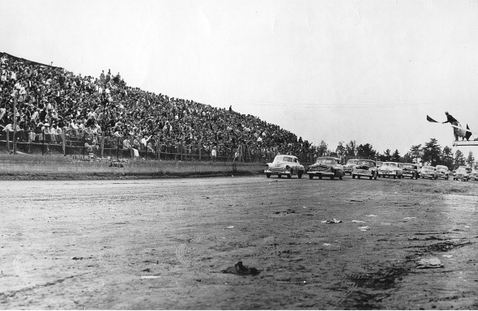 That line screamed at me. There is a NASCAR Cup Series track that is sitting abandoned in North Carolina? So I set out to find the location of the track and see what I could learn about it. In doing the research for this story I found a even bigger story than I anticipated. This isn't just any old racetrack. No, it is much more than that. You see, if it wasn't for the North Wilkesboro Speedway, there likely would be no NASCAR. Back in the 1940s and 50s, Wilkes County, North Carolina was known as the "Moonshine Capital of America." The bootleggers all had moonshine cars with which to navigate the back roads and pig trails and, of course, outrun law enforcement when necessary. In addition to knowing how to make white lightning, the bootleggers had to be drivers. That meant being able to drive fast, maneuver well, and diagnose and fix mechanical problems. It was a tough task and not for the timid. By nature these tough and daring individuals came with a bit of an ego. They were good, they knew it, and they told others about it. Naturally, there were debates about who had the fastest car, who was the better driver, and who would beat who if the chips were down. Well, there was only one way to settle such debates. So in 1946 a man named Enoch Staley decided to build a racetrack to let the bootleggers, like his brother Gwyn, back up their trash talk. In 1947 he teamed up with a man named Bill France (Sr.) to put on a race at his new track. France was already promoting stock car racing but the idea Staley was floating was somehow different. They expected a crowd of around 3000. When somewhere around 10,000 showed up they decided to meet at France's place in Daytona to plan trying their formula at other tracks. Voila, NASCAR was born. 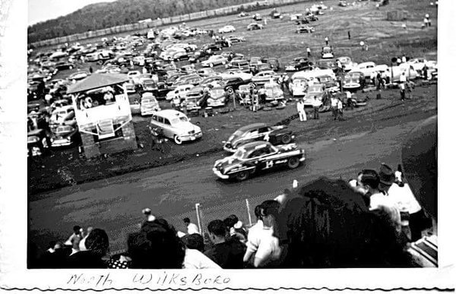 The track's history reads like the history of the sport itself. From the dirt track days of Junior Johnson, Lee Petty, the Flock Brothers, Fireball Roberts, and, of course, Herb Thomas in his "Fabulous Hudson Hornet." Once the blacktop went down in 1958 the names didn't get any smaller. Richard Petty and Darrell Waltrip each won several races at North Wilkesboro. Cale Yarborough and Benny Parsons won races there. Louise Smith, "The First Lady of Racing competed there in 1949, 1950, and 1952. Wendell Scott, the first black man to win a race on NASCAR's highest tour (1963 Jacksonville 200) competed in several races there. In the track's later days we see wins by Davey Allison, Rusty Wallace, and Dale Earnhardt before Jeff Gordon won the last Cup Series race at North Wilkesboro in 1996. Shortly after Enoch Staley's death, the track was purchased by Speedway Motorsports, inc. The conglomerate owns racetracks all over the country and wished to plunder the two dates that North Wilkesboro held on the Cup Series calendar. They did precisely that taking one date to Texas and the other to New Hampshire. They then, like an absentee slumlord, left the cradle of NASCAR to rot and rust away. There have been several attempts to revive the track. To date, none of them have worked. 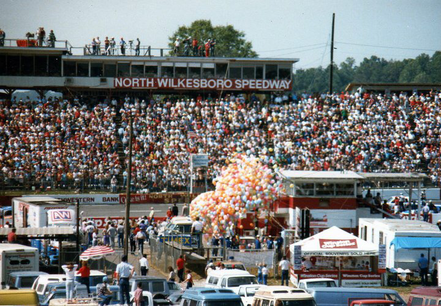 When I spoke with NASCAR Hall of Famer Bobby Allison, who picked up 4 of his 85* victories at North Wilkesboro, he said the track's unique uphill backstretch and downhill front stretch made no difference in his preparation or the handling of the car. I asked him if he had a memory from racing there that stuck out. "I believe I was driving Bud Moore's Thunderbird. I was in the lead on the last lap coming in to the finish line. The spindle broke on the right front and that car slid across the finish line and I won anyway." I asked Allison if he thought NASCAR was getting away from its roots and maybe getting too fancy. "NASCAR went away from the smaller tracks too quickly. They got distracted by big money but the sport was growing into new areas and tracks in those areas needed dates." He also added that he loves the newer tracks like Texas and Las Vegas, even though he didn't get to race there himself. He spoke fondly of the facilities, the layouts, and the surrounding areas. 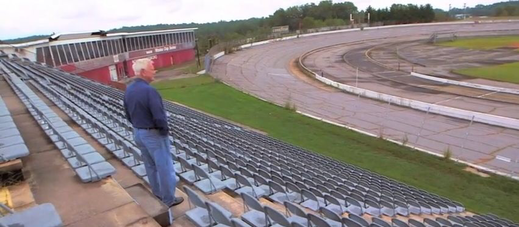 There are a lot of questions concerning the future of the speedway. A group called Save the Speedway has been documenting the history of the speedway and developing a comprehensive business plan in hopes that another opportunity, a viable one, presents itself. The closure of the speedway has resulted in a $40 million loss to the economy of Wilkes County. Some local businesses have reported $15,000-$18,000 weekly loss after losing the two Cup Series racing dates. Figure in the loss of races at Rockingham and Hickory, North Carolina as well as South Boston, Virginia and guess who is losing out? Small towns, small businesses. One of my favorite developments to involve the track was the third installment of the Disney-Pixar Cars franchise. The 2017 film chose North Wilkesboro to serve as the primary inspiration for the Thomasville Speedway, the home track of Doc Hudson and the place Lightning McQueen went to try to get his mind right and his career back on track. While other tracks were included in the Thomasville model, the history and importance of the North Wilkesboro Speedway led the film's creators to focus there, calling the speedway the "spirit" of their track. 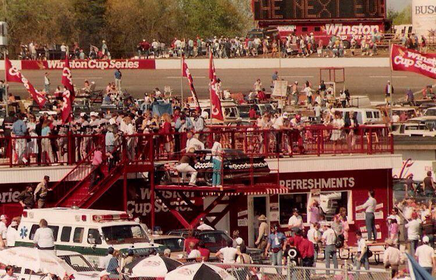 I'm left with the feeling that this track is a picture of the state of NASCAR. It is the essence of the sport's history. It's gritty, it's intimate, it's utilitarian. I once heard some dirt track guys refer to their car by saying it was "not about the show, it's about the go." That is how I feel about North Wilkesboro. There's not a sushi stand or a cappuccino machine. There are no automatic launchers for fireworks, no Jumbotron. It's not about that. It's about trading paint, racing door handle to door handle, breaking spindles and winning anyway, and Junior Johnson getting one race in after serving 11 months for running shine. NASCAR has gotten away from North Wilkesboro and that means they've gotten at least a little away from their roots, their history. That is sad in that the history of NASCAR is so tied into Southern culture. As long as that speedway is "rusting and not in use," part of our culture is being lost and the economy of one of our small towns suffers. 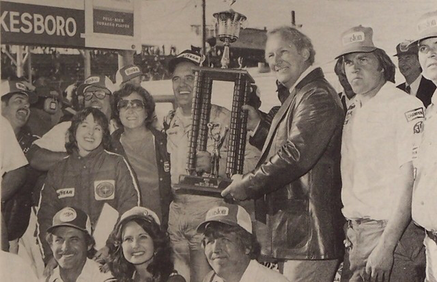 There is some hope. Steven Wilson of Save the Speedway tells me that many of the big tracks are starting to see attendance drops as fans have begun to gravitate back to small tracks and road courses. Couple that trend with a fan base that falls in love with the history of stock car racing again and North Wilkesboro could have a fighting chance. It will require a lot of funding, a lot of support, and at least a little luck. But we're talking about a major American sport and cultural institution that grew from Appalachian bootleggers racing hot rods on dirt courses between moonshine runs. Reviving the track may not be any more far-fetched than the way it got there to begin with. *NASCAR only recognizes 84 of Bobby Allison's victories. They do not recognize his 1971 win at Bowman-Gray. They give him a credit for competing and for a Top 5/Top 10 finish but not the win. This race remains the only race in NASCAR history without an official winner, which is absurd. So I fully agree with his statement that he won 85 races. Special thanks to Steven Wilson with Save the Speedway for the photographs used in this story. For more information on the efforts to document and hopefully save the North Wilkesboro Speedway, check out Save the Speedway on Facebook.
2 Comments
Jennifer Perren
9/13/2018 02:18:21 am
Thank you for writing this, Sam! I'm a huge NASCAR fan and watch every weekend. I go to races a few times a year. There is absolutely nothing like it. I worry a lot of the older tracks will eventually end up like this before I get a chance to watch a race at them, Darlington and Martinsville come to mind.
Reply
Sam
9/13/2018 08:59:07 am
This might be my all time favorite one to write. It’s definitely up there, I may do another on the old tracks. I have enough info to at least get started. Bobby was great to talk to. You can tell just by listening to him that he loved racing and loves the sport still. Thanks for adding your thoughts here!
Reply
Leave a Reply. |
Sam B.Historian, self-proclaimed gentleman, agrarian-at-heart, & curator extraordinaire Social MediaCategories
All
Archives
November 2022
|
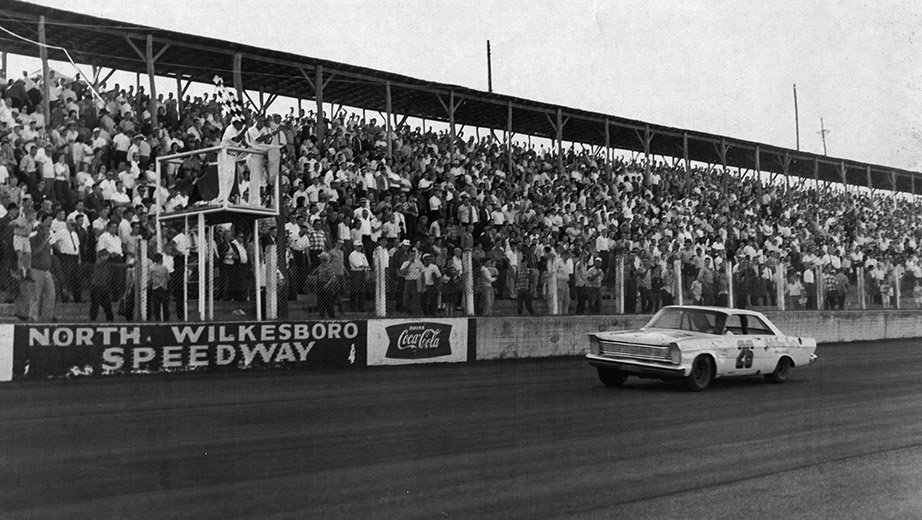
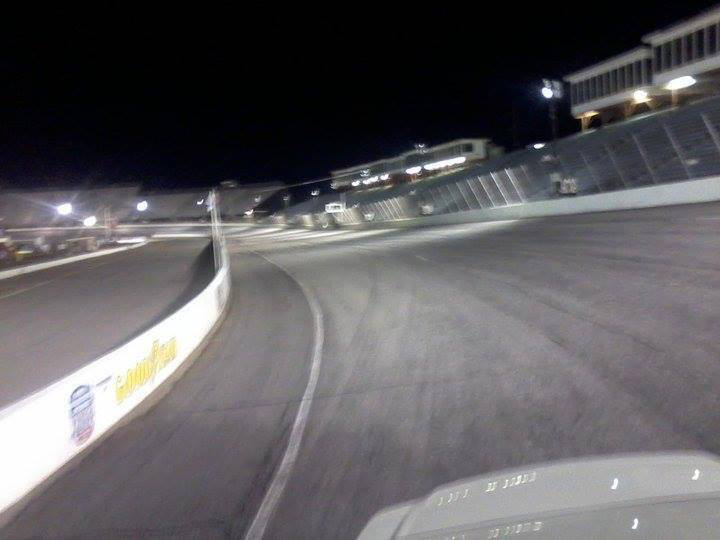
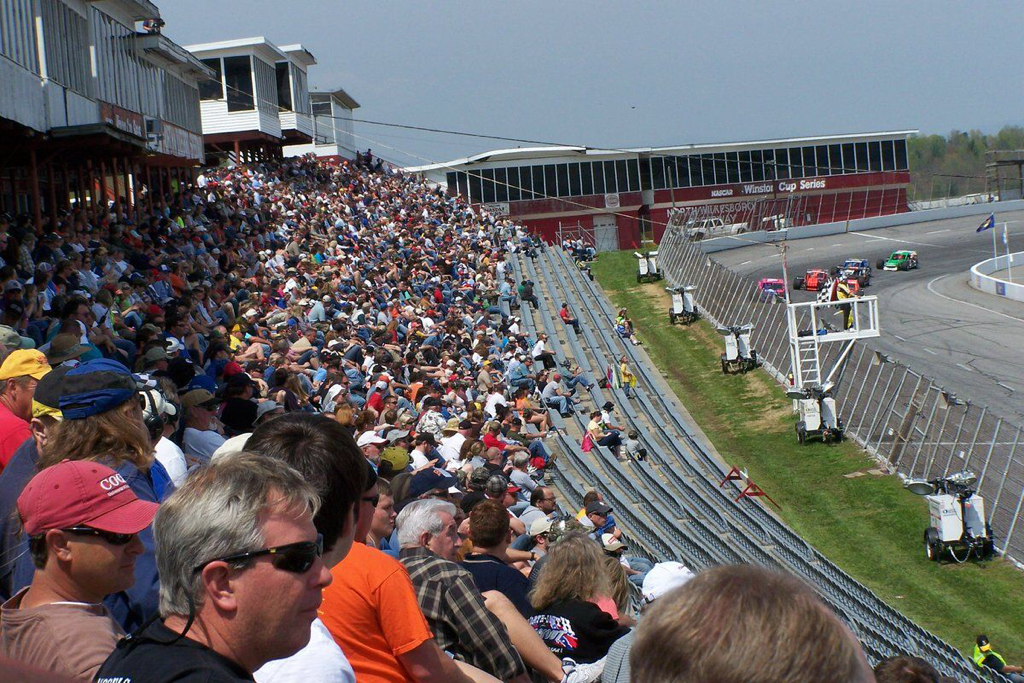
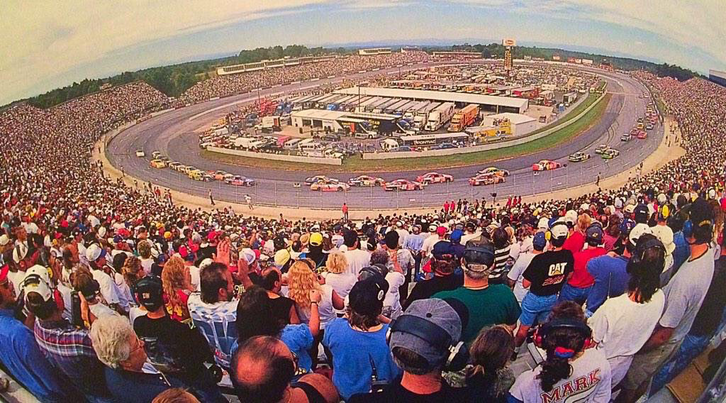
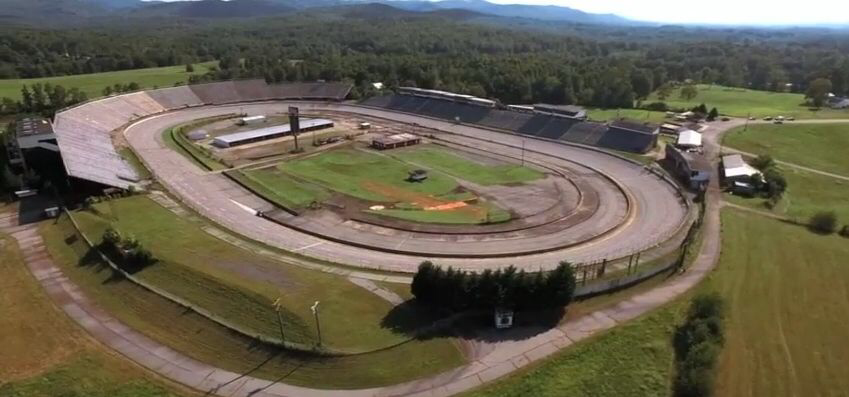
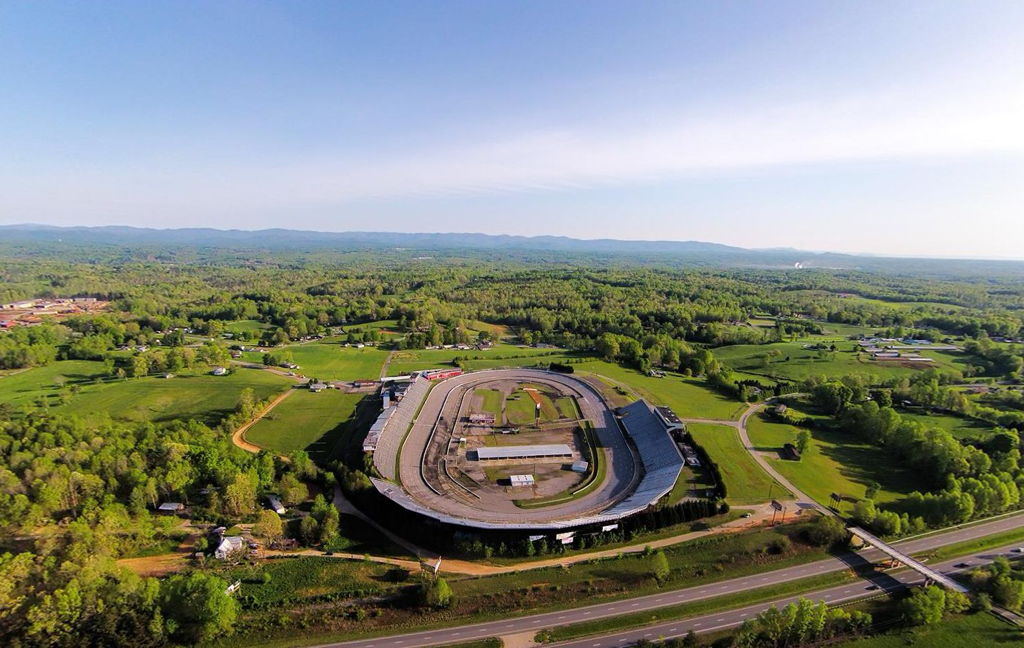




 RSS Feed
RSS Feed
